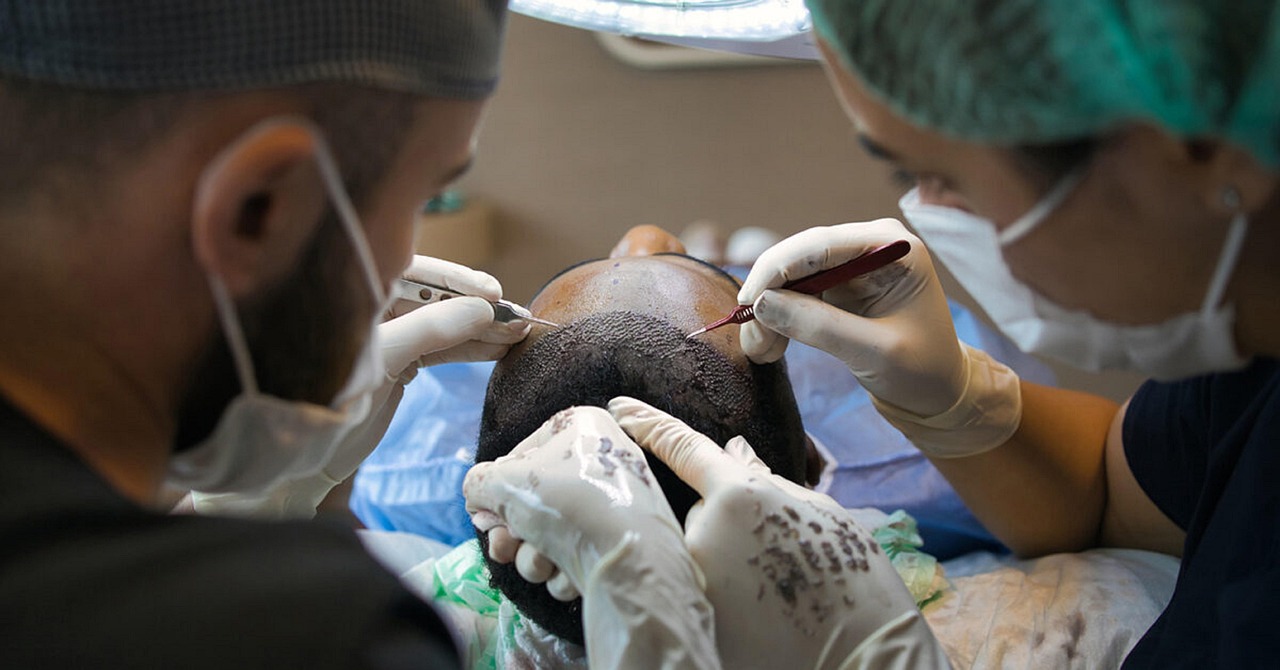Taming the Tresses: A Comprehensive Guide to Hair Transplant Techniques
Hair is more than just a physical attribute—it's a marker of personal identity. It can influence the way we feel about ourselves and how others perceive us. For many individuals, losing hair can be a distressing experience. With advancements in medical science, hair transplant has emerged as a beacon of hope for those dealing with hair loss. This article will delve into the evolution of hair transplant techniques, their current relevance, and the future trends in this field.

From Humble Beginnings: The Genesis of Hair Transplant
Hair transplant was first introduced in the 1950s by Dr. Norman Orentreich. His groundbreaking experiment involved moving hair from the back and sides of the head (donor area) to the balding regions. This procedure, known as Punch Grafting, was the first real step towards modern hair transplant techniques. The idea was based on a simple but profound principle: hair follicles, when transplanted, will retain their characteristics regardless of where they are placed.
However, the punch graft technique had its fair share of criticisms. The results often resembled the “doll’s hair” look, with clusters of hair in the balding areas. It was evident that a more refined approach was needed.
The Advent of Follicular Unit Transplantation
In the 1990s, a significant shift occurred with the introduction of the Follicular Unit Transplantation (FUT) technique. Instead of transplanting clusters of hair, this method involved transplanting individual follicular units, each containing 1-4 hairs.
FUT dramatically improved the natural-looking results of hair transplantation. The procedure involves removing a strip of hair-bearing skin from the donor area, dissecting it into individual follicular units, and then transplanting these units into the balding regions. Despite the invasive nature of this procedure, it’s still widely used due to its ability to transplant a large number of grafts in a single session.
The Rise of Follicular Unit Extraction
The new millennium saw the advent of an even more advanced technique called Follicular Unit Extraction (FUE). Instead of removing a strip of skin, FUE involves extracting individual follicular units directly from the donor area. This minimally invasive procedure offers the advantage of leaving behind no linear scar, making it a popular choice among patients who wish to wear their hair short.
FUE has been widely received due to its less invasive nature, quicker recovery times, and the ability to offer a natural-looking hairline. However, it requires more time and is generally costlier than FUT.
Robotic Hair Transplant: The Future is Here
The latest in hair transplant technology is the Robotic Hair Transplant. This procedure uses advanced robotic technology to assist surgeons in the FUE procedure. The robot, equipped with sophisticated imaging capabilities, can identify and extract optimal hair follicles for transplantation with precision and speed unmatched by the human hand.
Robotic hair transplants offer several advantages, including reduced human error, consistent graft quality, and less fatigue for the surgeon. However, they are still relatively new and more expensive, limiting their widespread adoption.
The Impact of Hair Transplant Techniques
The evolution of hair transplant techniques has had a profound impact on individuals suffering from hair loss. It has offered them an opportunity to regain not only their hair but also their confidence and self-esteem.
These techniques have also played a significant role in debunking the stigma associated with hair transplants. As the results have become more natural-looking and the procedures less invasive, more people are considering hair transplants as a viable solution to hair loss.
Conclusion
Hair transplant techniques have come a long way since the 1950s. Each new advancement has brought us closer to the ideal: a minimally invasive procedure that offers natural-looking results. As we continue to embrace technology and innovate, the future of hair transplant looks promising. Whether it’s robotic assistance or stem cell therapy, the goal remains the same — helping individuals regain their hair and, with it, their sense of identity.





